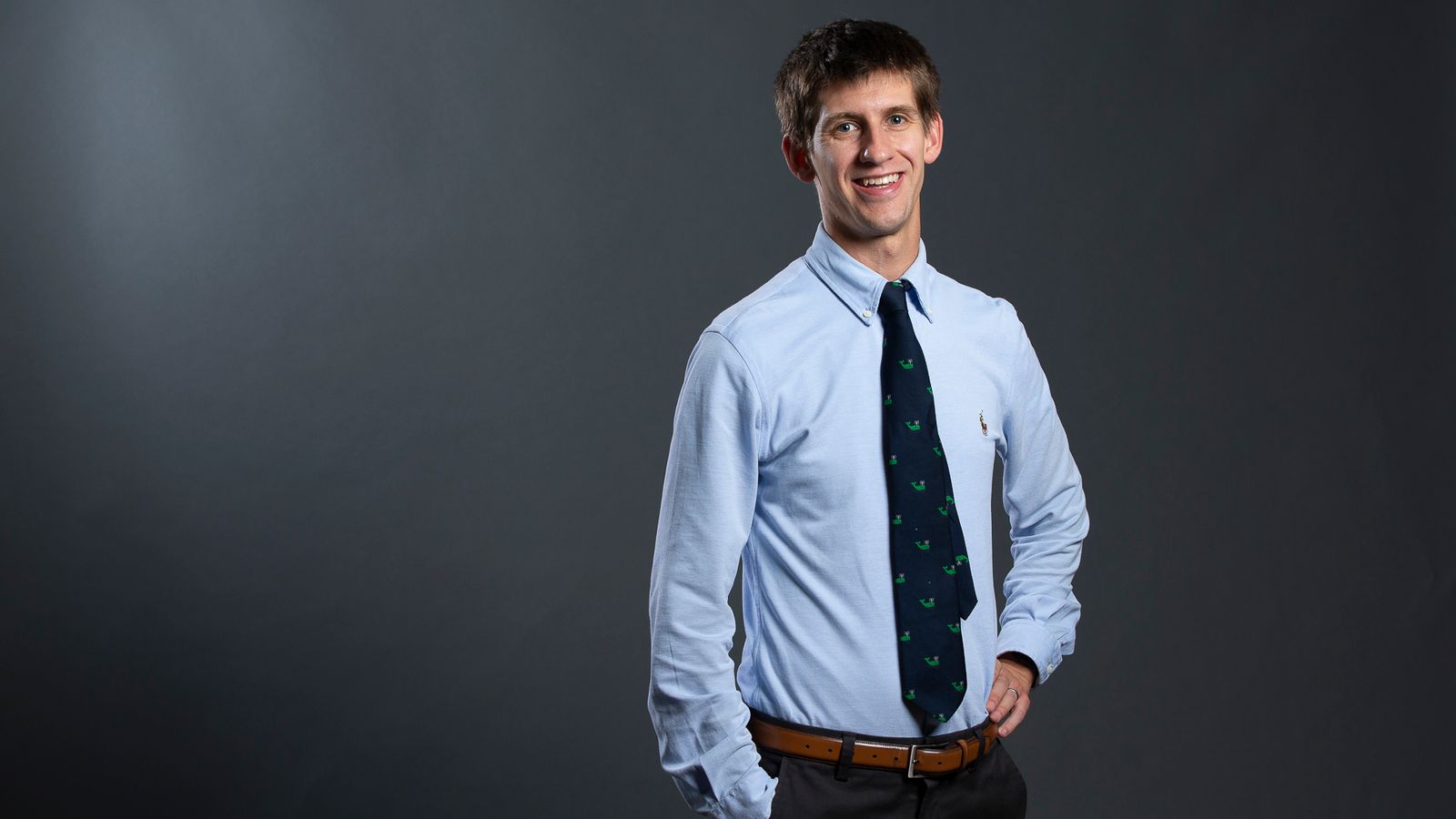The New York Times: Prof. Byrne & Colleague’s Research on Aging Homeless Population Is Featured in Respite Care Story

As the average age of people experiencing homelessness continues to increase, programs across the country are addressing a critical gap between hospital discharge and unsheltered living by providing respite care to older homeless individuals. These programs provide crucial support, but challenges remain, including limited permanent housing options and concerns about the quality of care these programs offer. In a story covering this new approach, the New York Times referenced the outcomes of a study by Prof. Thomas Byrne from BU School of Social Work and Dennis Culhane from University of Pennsylvania to illustrate the complex issues surrounding this population’s healthcare needs.
Excerpt from “For an Older Homeless Population, a New Type of Care” by Jason DeParle:
In a forthcoming study with Thomas Byrne from BU School of Social Work, Mr. Culhane of the University of Pennsylvania found that by 2020 the largest cluster of homeless men were in their mid-50s, up from mid-30s three decades earlier. The share of the population that was 60 and older had more than doubled, to 19 percent. He says the trend reflects the plight of late baby boomers who matured amid deindustrialization and soaring housing costs, then carried the scars through life.
Margot Kushel, the director of the Benioff Homelessness and Housing Initiative at University of California, San Francisco, found that unhoused people have the health profiles of patients two decades older, with similar rates of incontinence, dementia and falls.”
